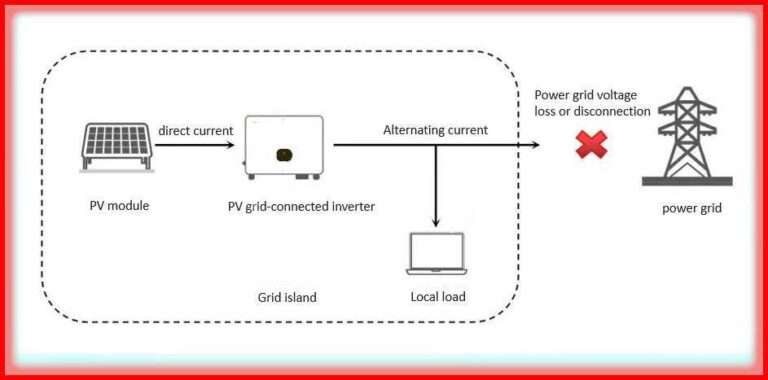Most Widely Used Solar Material: Important Basics
Table of Contents
Introduction
When it comes to solar energy, the material used in solar cells is crucial to its effectiveness and efficiency. The most widely used solar material is silicon, which is known for its abundance, affordability, and durability.
Silicon is a semiconductor material that is capable of absorbing sunlight and converting it into electrical energy. The majority of solar panels in use today are made from silicon, making it the most widely used solar material.

One of the reasons why silicon is the most widely used solar material is that it is readily available. Silicon is the second most abundant element on Earth after oxygen, making it a cost-effective choice for solar panel production.
Another reason why silicon is so popular is that it is highly efficient at converting sunlight into electrical energy. Silicon solar cells have a high conversion efficiency. Which means that they can convert a significant percentage of sunlight into usable electricity.
Solar Project Design Course
Silicon solar cells are also highly durable, with a long lifespan of up to 25 years or more. This is due to the fact that silicon is resistant to heat, cold, and other environmental factors. That can damage solar panels over time.
Furthermore, silicon solar cells can be manufactured using a variety of methods, including monocrystalline, polycrystalline, and thin-film technologies. This versatility in manufacturing processes makes silicon the most widely used solar material. As it can adapt to suit a range of different solar panel designs and applications.
In recent years, there has been increasing interest in other solar materials, such as perovskite and cadmium telluride, which offer the potential for even higher conversion efficiencies. However, silicon remains the most widely used solar material due to its abundance, affordability, durability, and proven track record.
Other Most Widely Used Solar Materials
The most widely used solar material for producing electricity from sunlight is solar cells, which are also known as photovoltaic technology. The primary material used in solar cells is silicon, which is abundant and has excellent electrical properties. Other materials used for making solar cells include thin-film solar cells, polycrystalline silicon, monocrystalline silicon, cadmium telluride, copper indium gallium selenide, amorphous silicon, organic solar cells, dye-sensitized solar cells, and perovskite solar cells.
All of these materials have unique properties that make them suitable for different types of solar cells, but silicon remains the most widely used material due to its availability and efficiency. Solar panels, which are made up of multiple solar cells, are commonly used to generate electricity from sunlight for both residential and commercial applications.
In conclusion, the most widely used solar material is silicon, which is highly efficient, durable, and readily available. While other solar materials may offer exciting possibilities for the future, silicon will likely remain the go-to choice for solar panel production due to its proven effectiveness and reliability.
Follow us on LinkedIn”Electrical Insights” to get the latest updates in Electrical Engineering. You can also Follow us LinkedIn to see our latest posts.



